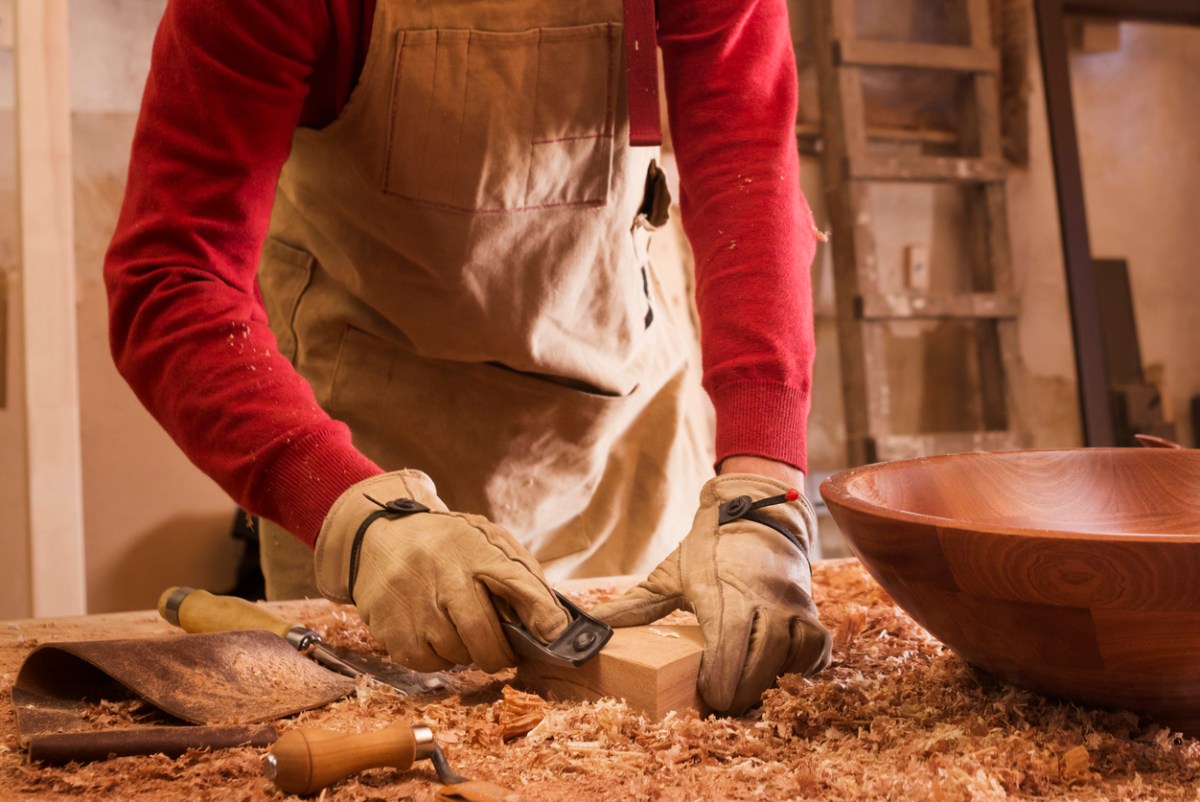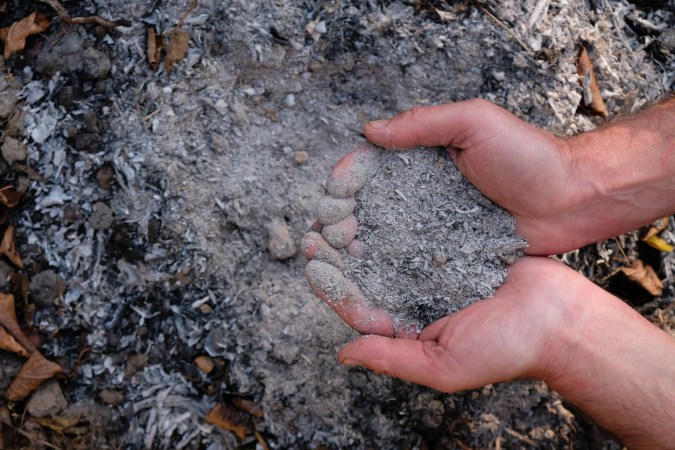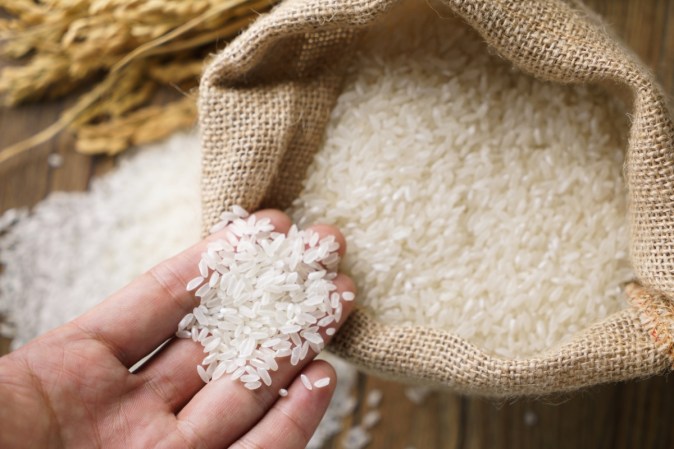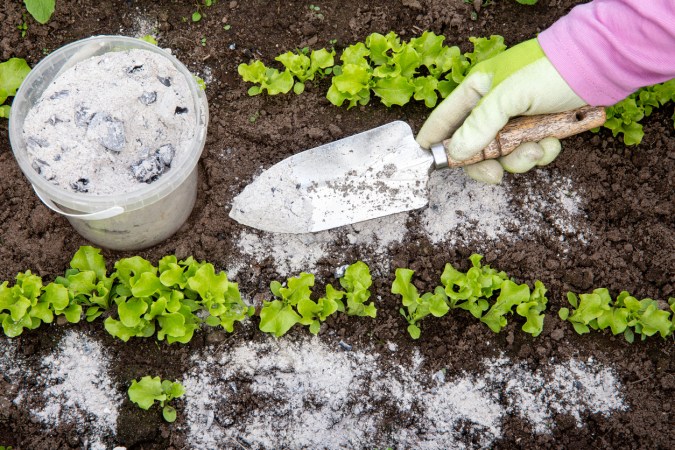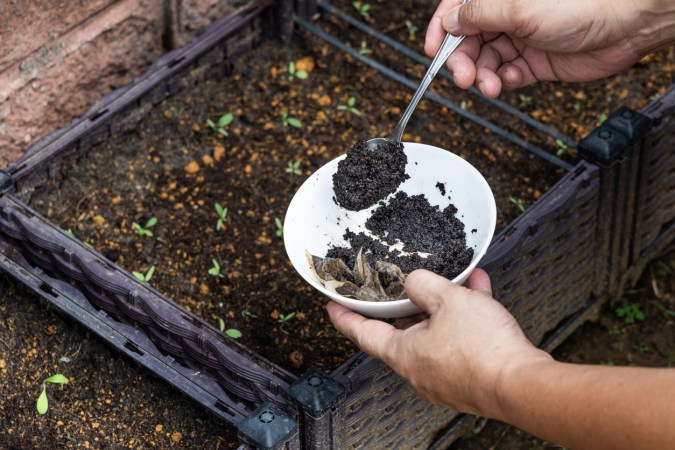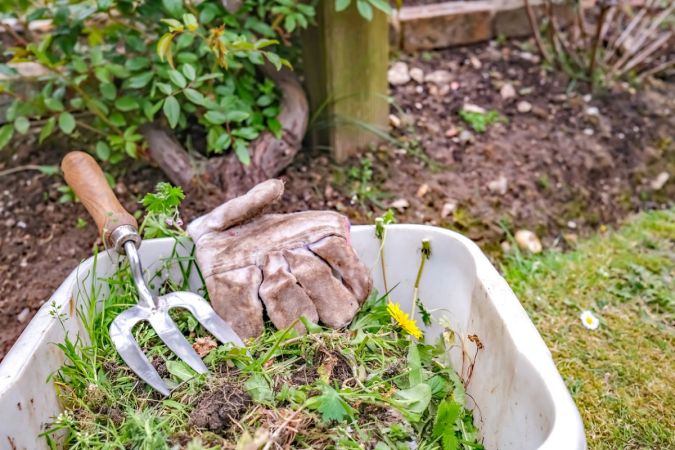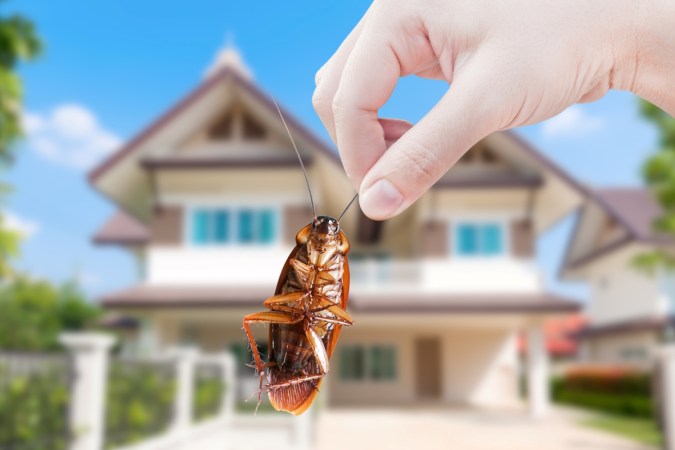We may earn revenue from the products available on this page and participate in affiliate programs. Learn More ›
If you’re an avid woodworker, or if you frequently find yourself surrounded by the residue of carpentry projects, you might often find yourself contemplating how to dispose of an abundance of sawdust. Don’t dump it in the bin just yet—there are many outside-the-workshop ways to put this humble wood waste to use.
Why save sawdust?
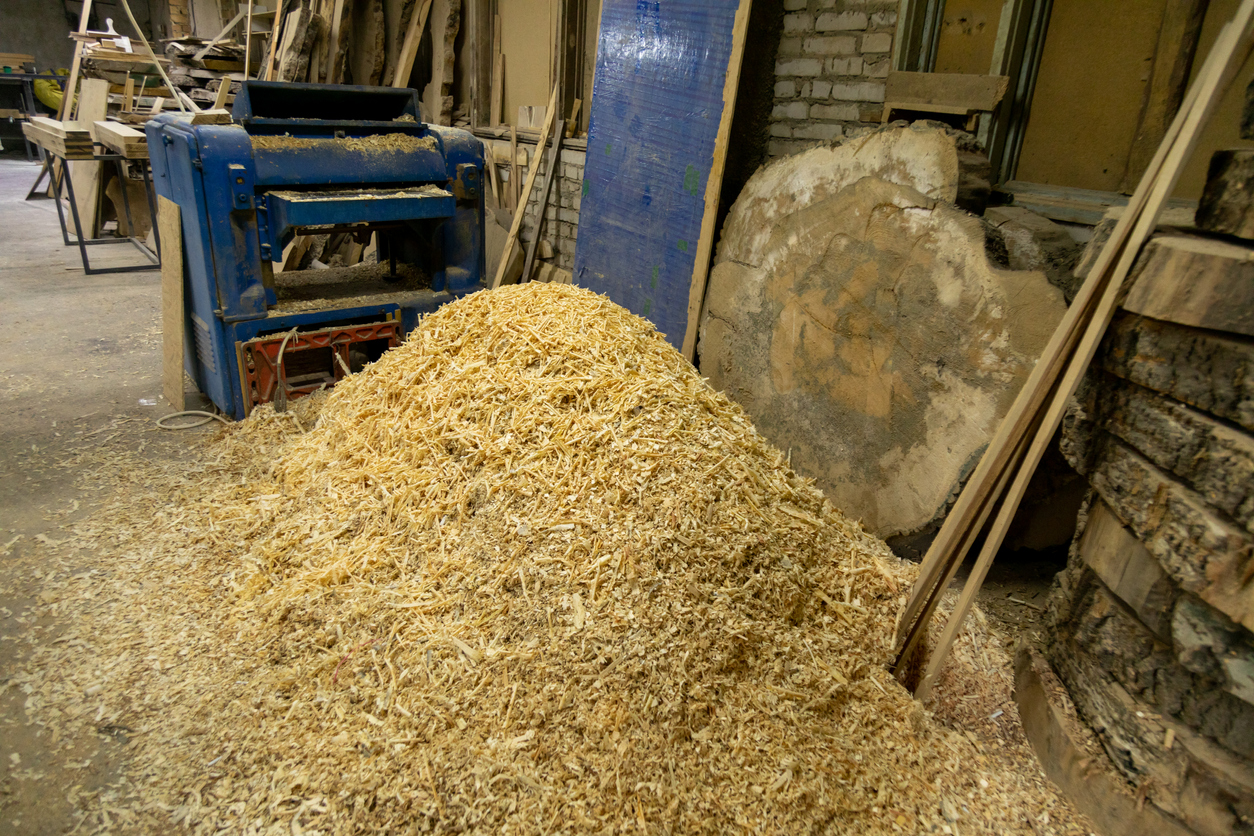
When you work with wood, you’re inevitably going to create sawdust. While you may be tempted to minimize the dust and then throw it out promptly, there are good reasons to keep some of it around. Sawdust boasts certain properties that make it excellent for repurposing. The material is:
- Absorbent: Sawdust is highly absorbent, making it ideal for nasty spills and as an eco-friendly alternative to commercial absorbents.
- Combustible: Sawdust is highly combustible because it is made up of fine wood particles that have a large surface area relative to their volume. This increased surface area allows for faster and more efficient interaction with oxygen, promoting rapid oxidation and ignition when exposed to heat. This makes sawdust well suited for use in fire logs and homemade fire starters.
- Biodegradable: Sawdust is derived from wood, which is a renewable resource that can be broken down naturally by microorganisms.
While sawdust has many excellent uses around the house, it’s important to note that not all sawdust is created equal. In general, steer clear of sawdust from pressure-treated wood and manufactured wood products like plywood and MDF. These contain chemicals that could be harmful to plants and animals.
1. Make Your Own Sawdust Mulch
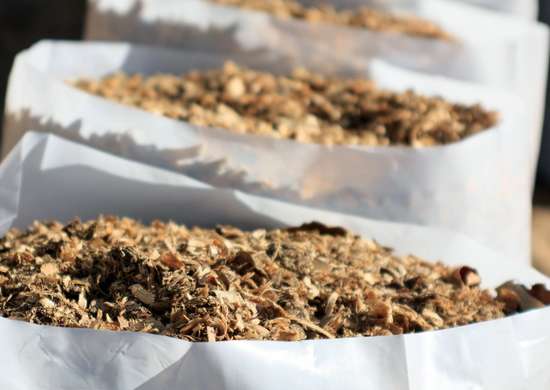
Why spend your hard-earned money on pricey bags of wood chips when you can achieve the same result with a pile of sawdust? Spreading sawdust around the base of your garden plants can prevent weeds, help retain moisture, and keep roots cooler—all the benefits of mulch without the high price tag! Just be sure to add a nitrogen component to your garden as well to prevent nitrogen deficiency in the soil.
RELATED: 19 “Zero Dollar” Garden Hacks
2. Save on Pet Supplies
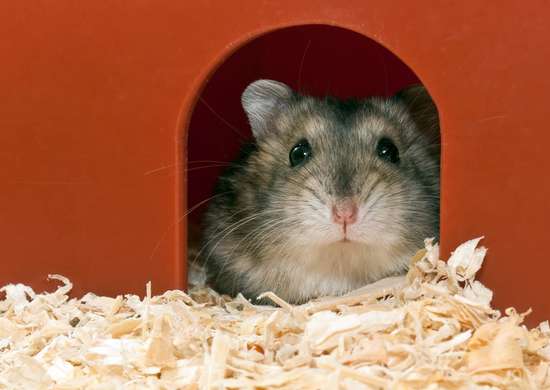
Sawdust soaks up moisture and absorbs odors, which makes it an ideal substitute for commercial kitty litter. Homeowners can also plump up the stuffing inside a pet bed by adding sawdust to the fiberfill. Plus, little pocket pets like gerbils and guinea pigs will enjoy having a layer of fresh, clean sawdust spread on the floor of their cage as bedding every day.
RELATED: 10 House Hacks Every Pet Owner Needs to Know
3. Sop Up Spills
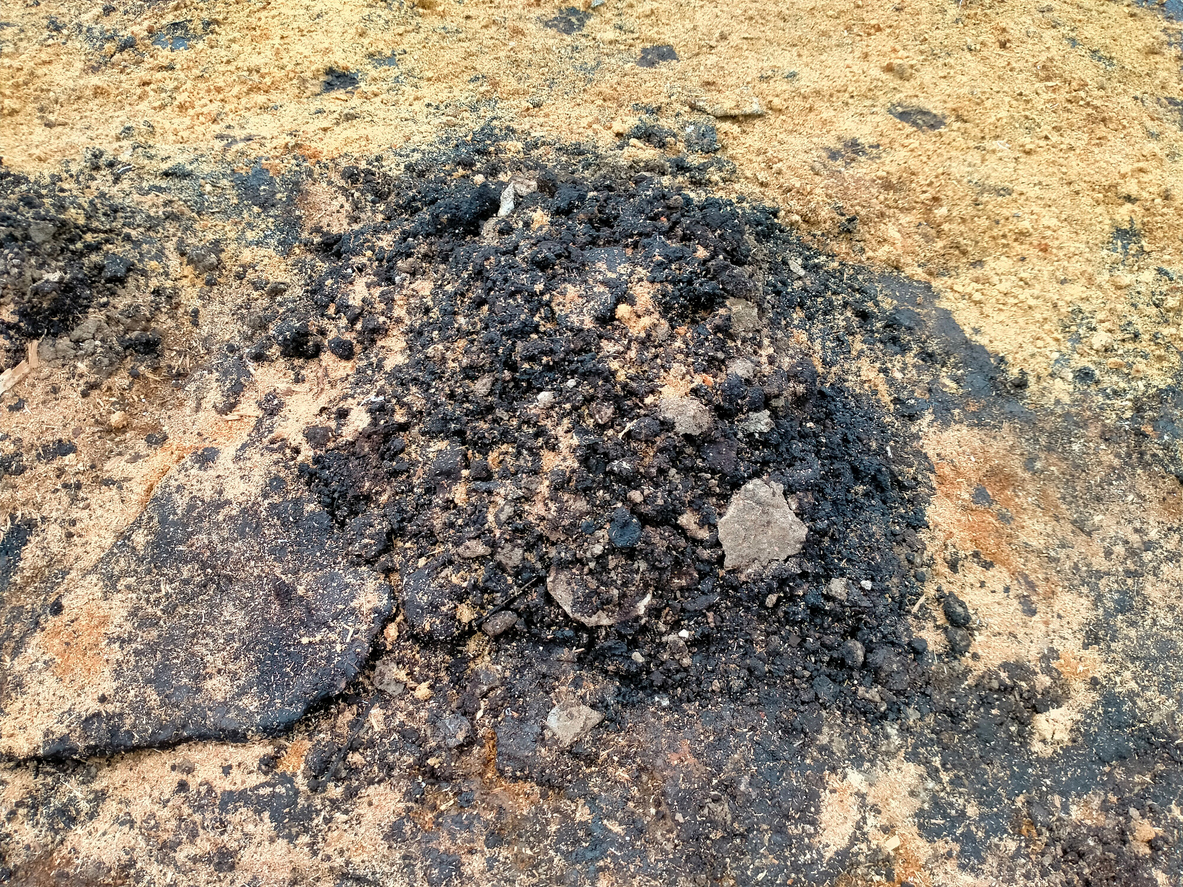
Sawdust is highly absorbent, which makes it great for soaking up oil, grease, and gasoline spills in the garage or on the driveway. Simply sprinkle sawdust on the spill, wait for it to absorb the liquid, then sweep it up into a trash bag to dispose of it. Repeat as needed until the mess is gone.
RELATED: 15 Things Never to Keep in Your Garage
4. Grow Your Own Mushrooms
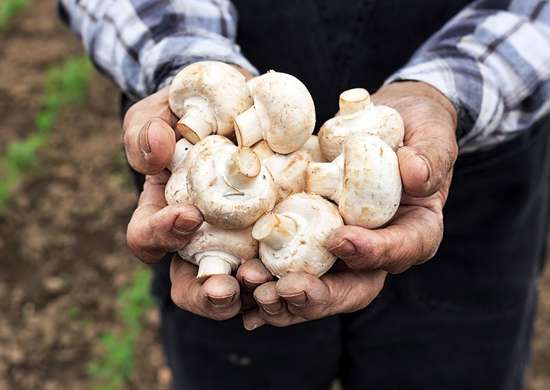
Mushrooms grow naturally on downed logs and fallen trees, so it makes sense that these wood-loving fungi would also thrive on a bed of sawdust. To make your own DIY mushroom bed, combine sawdust with organic compost, and keep the mixture moist.
RELATED: Buyer’s Guide: The Best Mushroom Growing Kits
5. Get Better Traction
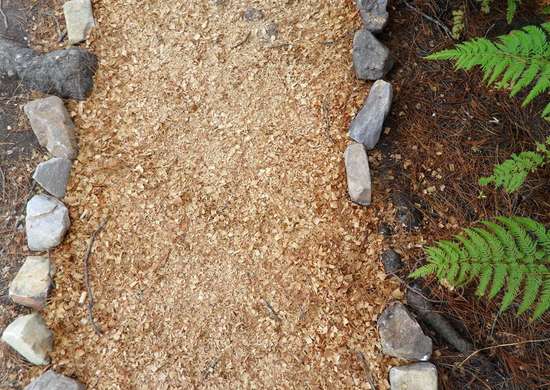
When scattered strategically in your garden or wooded lot, sawdust can create a natural pathway while also reducing soil erosion and preventing weeds. What’s more, homeowners can use sawdust to increase traction on snowy sidewalks in the winter.
RELATED: 7 Thrifty Designs for a DIY Walkway
6. Dispose of Paint
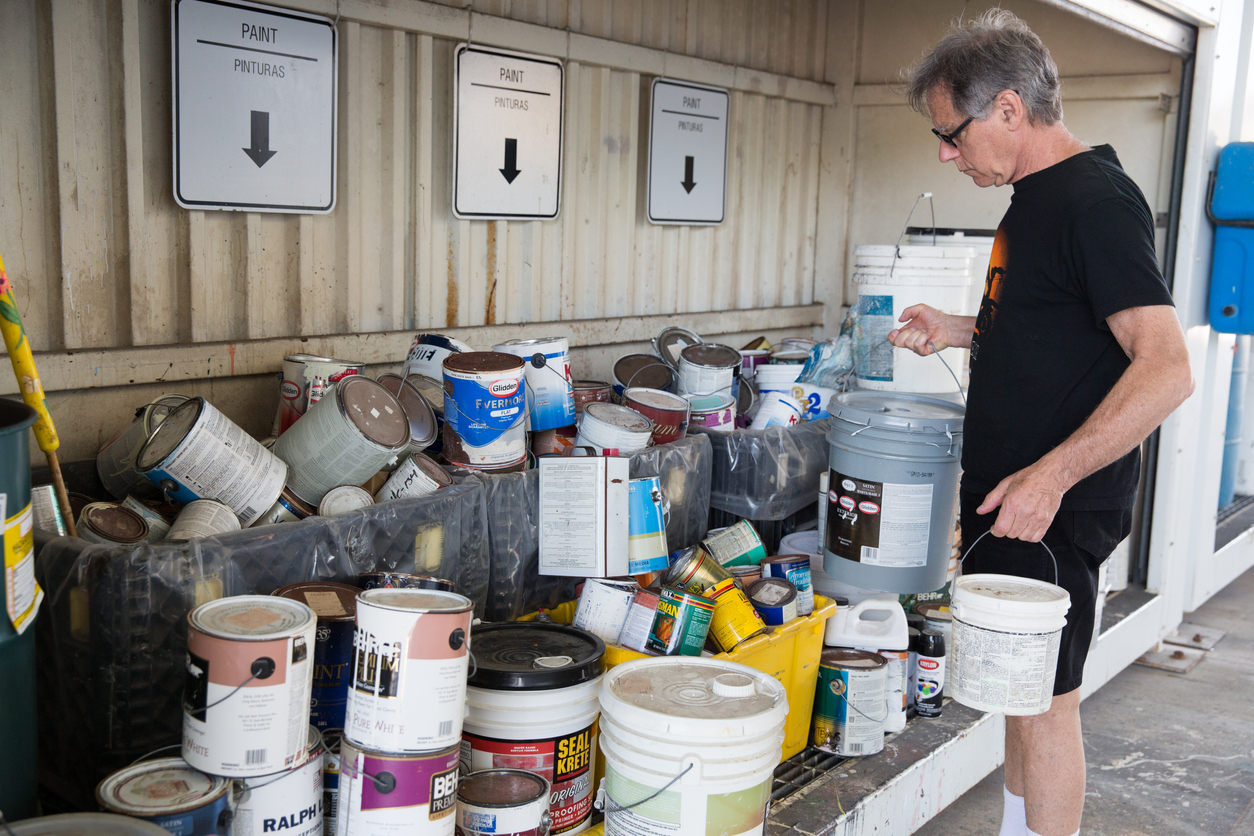
Most municipalities will not let you throw away leftover paint at trash pickup, and you should never pour the toxic material down the drain. Instead of hauling unused paint or stain to your local hazardous waste facility, you can dump sawdust into the can and let it sit, uncovered, until the paint solidifies and hardens. You can then safely throw the paint can in the trash without worrying about contamination.
RELATED: 11 Insanely Easy 60-Minute Paint DIYs
7. Make DIY Fire Starters

To prepare for summertime bonfires, whip up some do-it-yourself fire starters with sawdust. Simply melt leftover candle wax in a nonstick pot over low heat, add enough sawdust to thicken the wax, and pour the solution into an empty paper egg carton. Cool thoroughly, then separate the wax “briquettes” and use a few to start your next fire!
RELATED: 5 Cheap and Easy Fire Starters You Can Make in Minutes
8. Fill Gaps in Wood
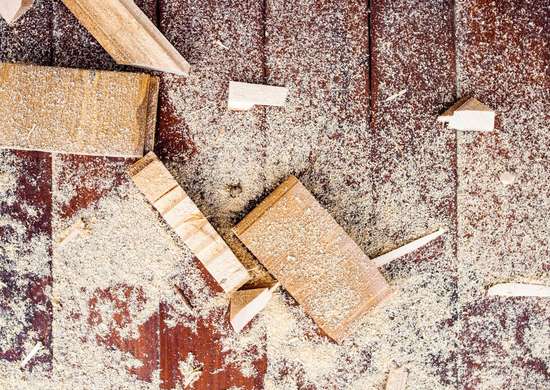
Take a tip from professional floor refinishers and use sawdust to fill holes, cracks, and gouges in wood. Create some sawdust from the wood you’d like to patch, then grind it into a fine, flour-like consistency. Mix the sawdust powder with wood glue to create a putty, and use it to fill in the damaged areas. The color of the DIY filler will be an exact match for the wood.
RELATED: 8 Ways to Fix a Floor
9. Get Crafty
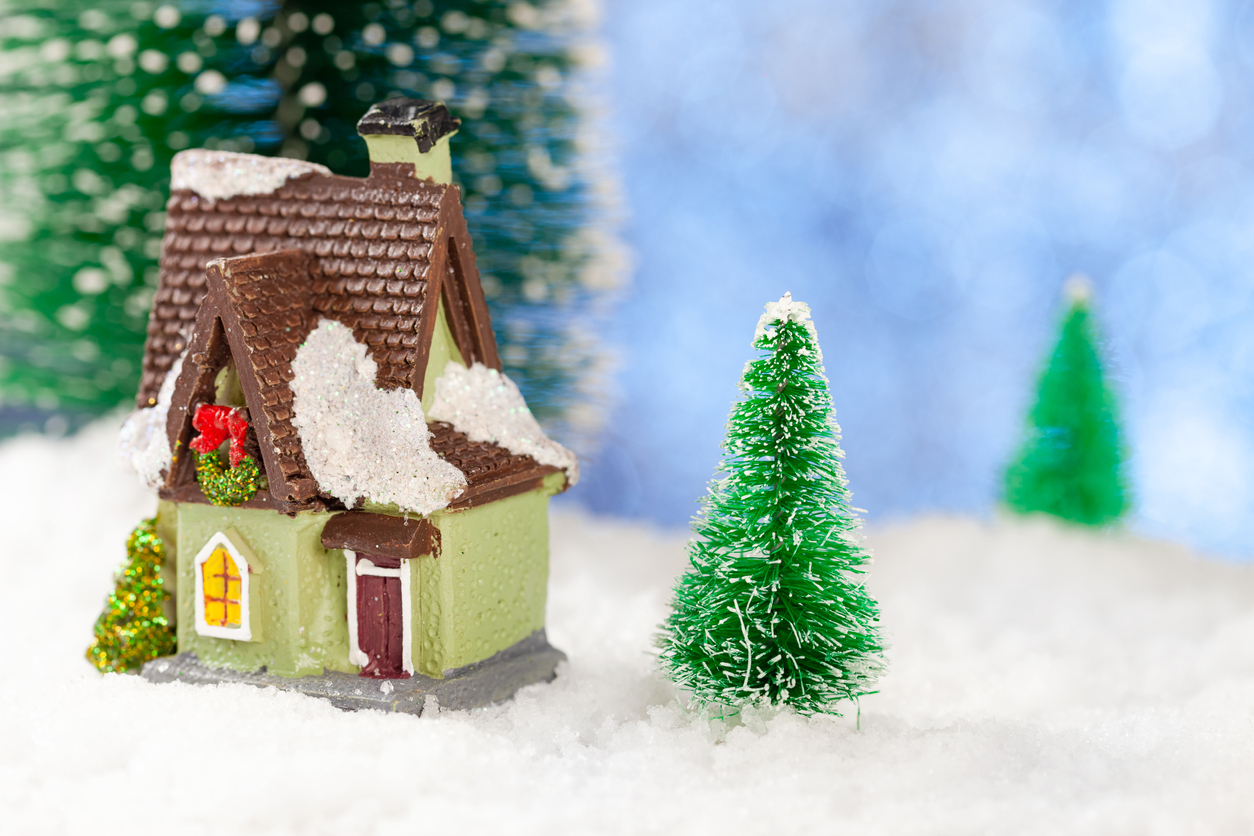
If you’re unsure what to do with sawdust, consider the world of possibilities it opens up for crafters and hobbyists. Mix sawdust with white paint and glue to create fake snow for holiday decorating, or combine it with green paint and glue to mimic grass.
RELATED: 35 Tips for Easy Cleanup After Every DIY Project
10. Heat Your Home
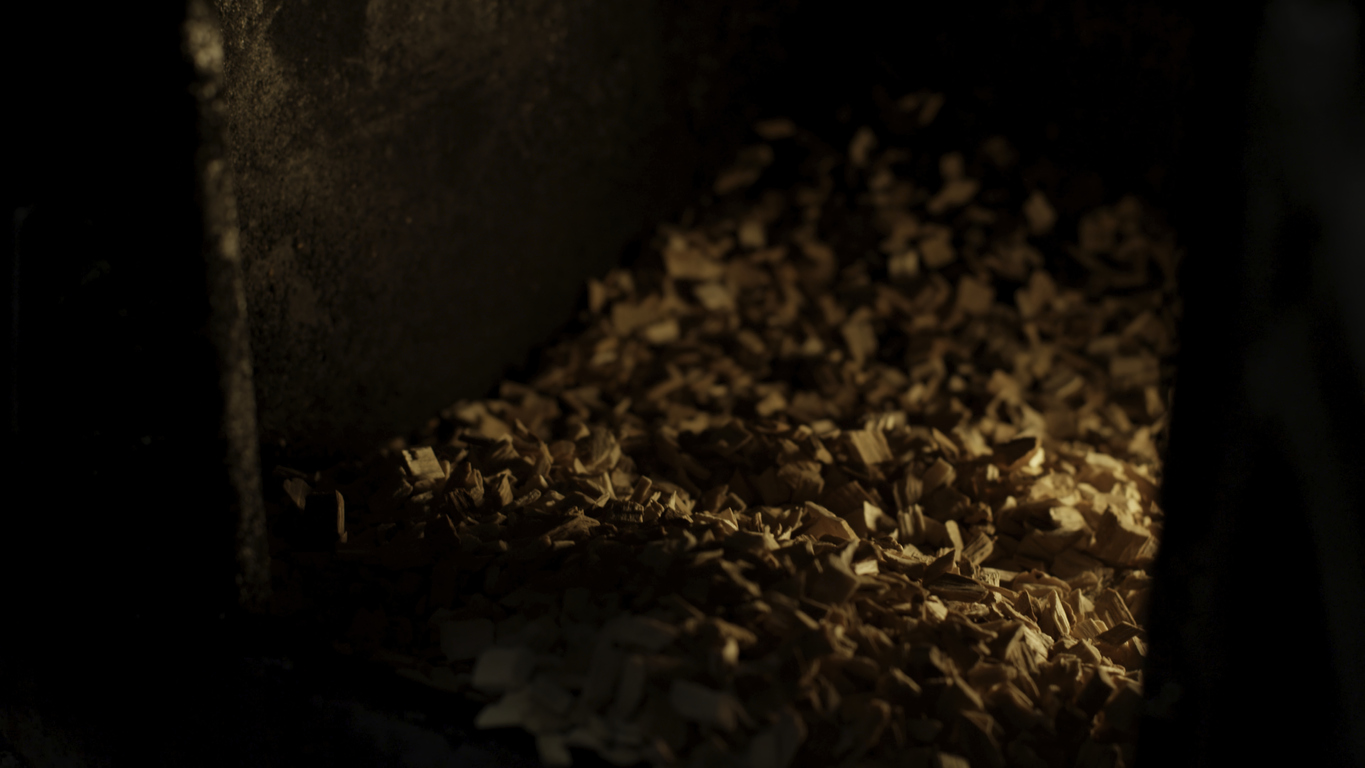
Some homeowners use wood stoves, pellet stoves, and fireplaces as supplemental heat sources. Leftover sawdust can help keep those home fires burning, but bear in mind that sawdust burns quickly, so it takes a heap of it to feed a fire.
RELATED: So You Want to…Heat Your House With a Wood Stove
11. Add Insulation
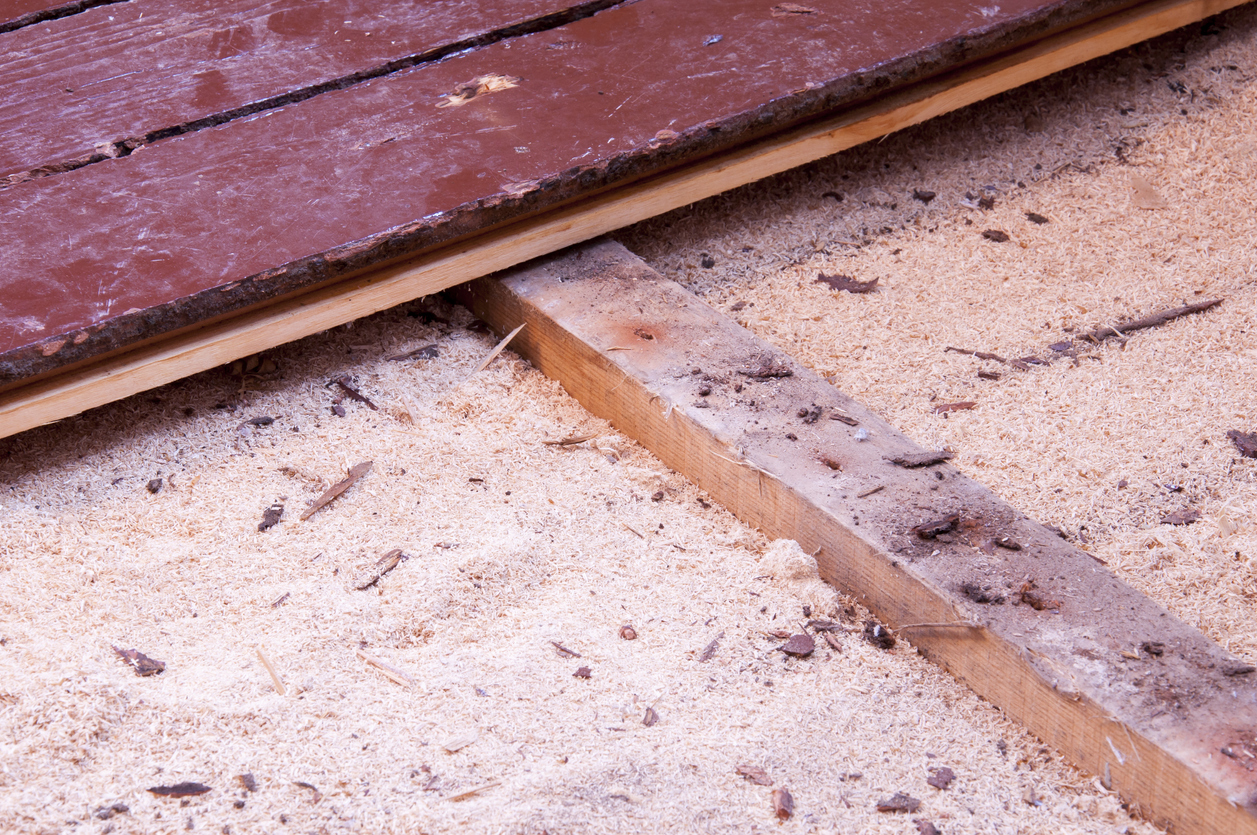
Sawdust is a surprisingly effective and inexpensive insulation material. Thanks to its porous structure, sawdust forms an effective barrier against temperature fluctuations, keeping spaces cooler in hot weather and warmer during colder months.
RELATED: 10 Types of Insulation All Homeowners Should Know
12. Compost It
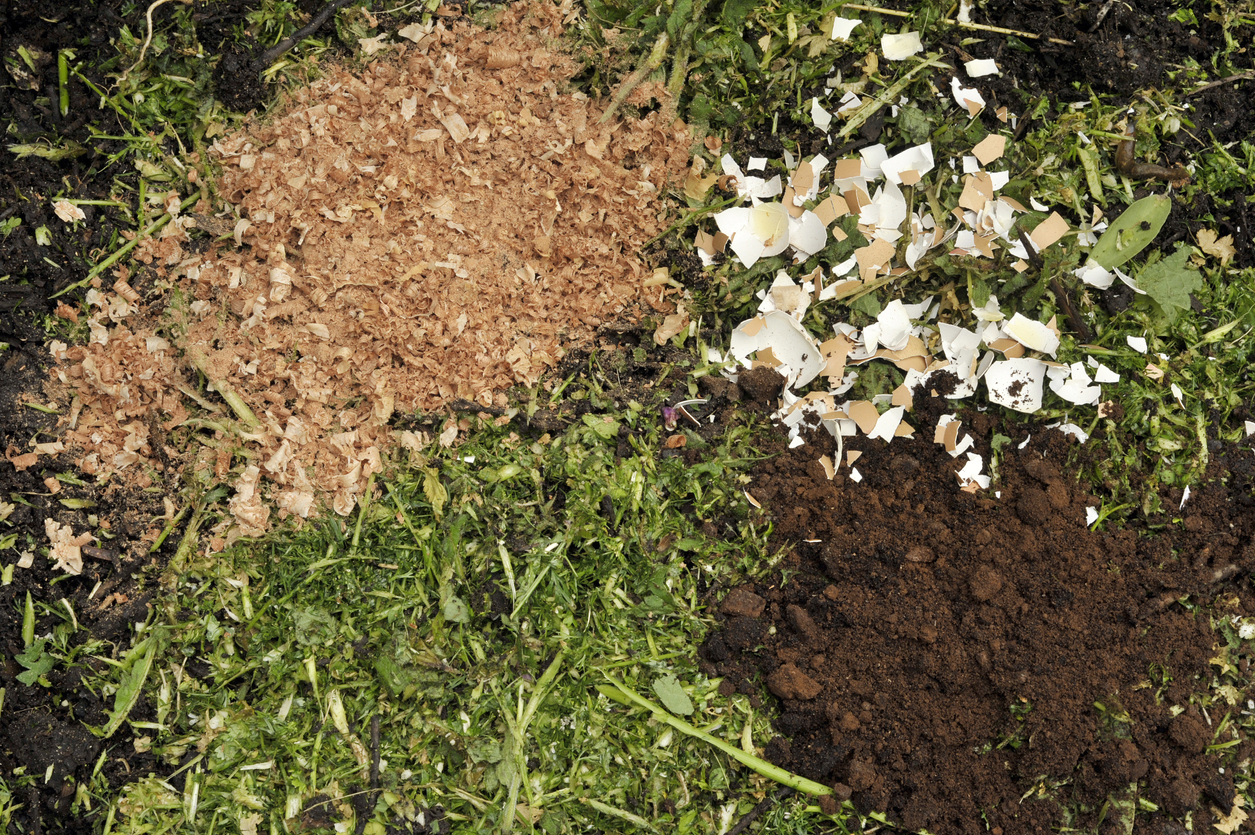
Sawdust may be the secret ingredient your compost has been begging for. The wood waste not only balances the carbon-to-nitrogen ratio like a pro but also fast-tracks the decomposition process, turning your compost pile into a nutrient-rich paradise.
RELATED: Our 10 Favorite Compost Bins for Eco-Savvy Gardeners
13. Create a Pincushion

Ready to pin down the perfect pincushion? Look no further than the sawdust stash in your workshop. Simply stitch up a simple pouch (you can use fabric scraps) and stuff it with sawdust. The sawdust filling keeps your pins sharp and the pincushion sturdy.
RELATED: 14 Craft Room Ideas for Creative Types
14. Make Air Fresheners

Revitalize your living spaces with DIY sawdust air fresheners. Simply mix a few drops of your favorite scented oils into sawdust (sawdust from cedar wood works best) and fill small fabric pouches with the fragrant mixture. Hang or place the sachets in closets or drawers, or anywhere else that needs a breath of fresh air. As the scented sawdust slowly releases its pleasant aroma, you’ll experience a naturally refreshing ambience without the harsh chemicals.
RELATED: 21 Clever Things to Do With Scrap Wood
15. Stop Slugs
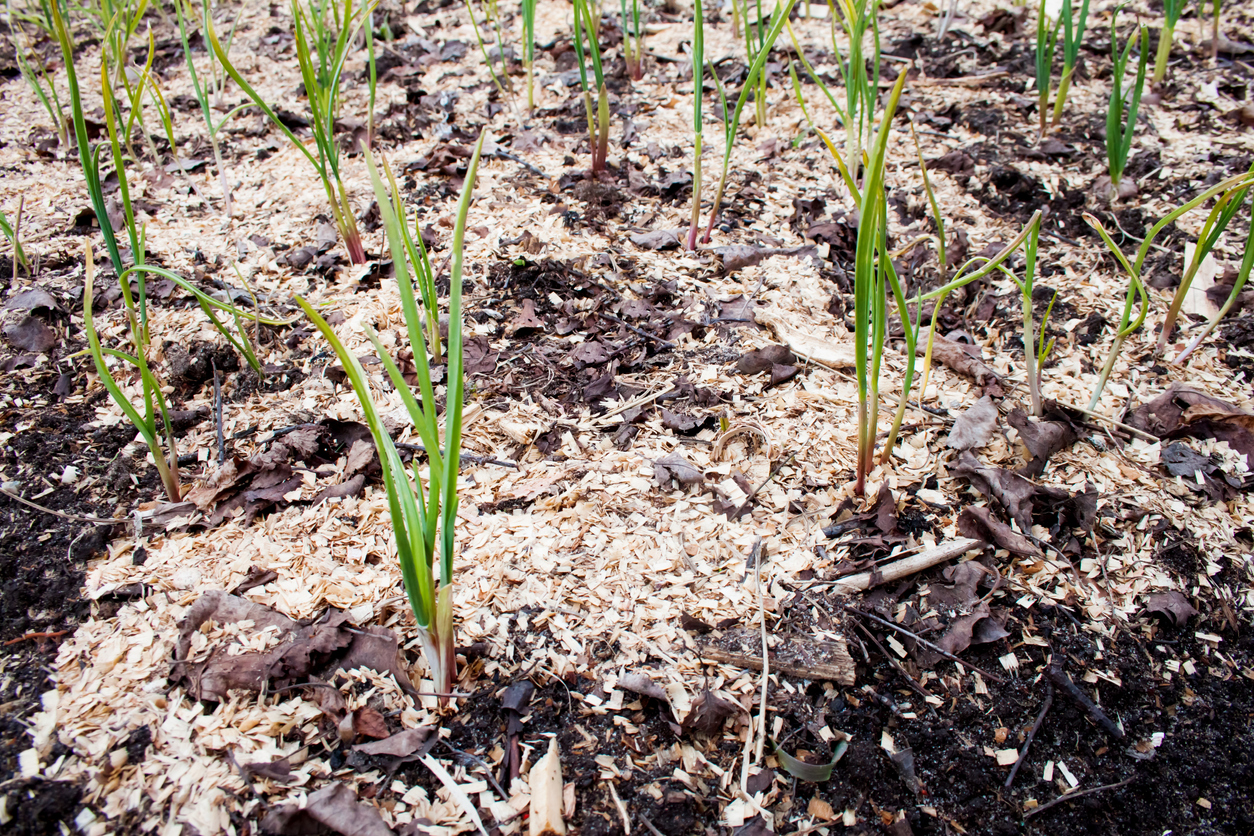
Slug invasion ruining your garden party? Research shows that sprinkling a protective barrier of sawdust around your beloved plants can divert these pesky pests. Slugs find the dry texture of sawdust unwelcoming, so it can serve as an effective deterrent in your garden. Spread the sawdust evenly around susceptible areas, such as flower beds and vegetable patches. It’s important to note, however, that while dry sawdust works as a protective blockade against slugs, if it becomes wet as a result of rain or watering, it will no longer repel slugs.
